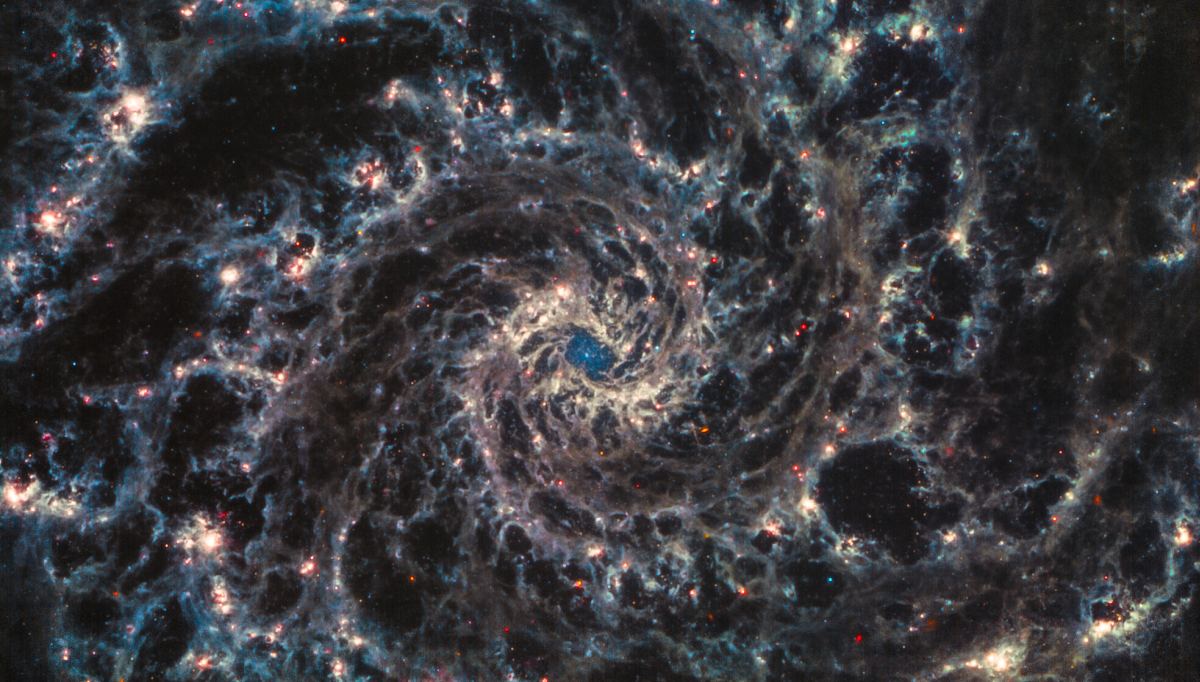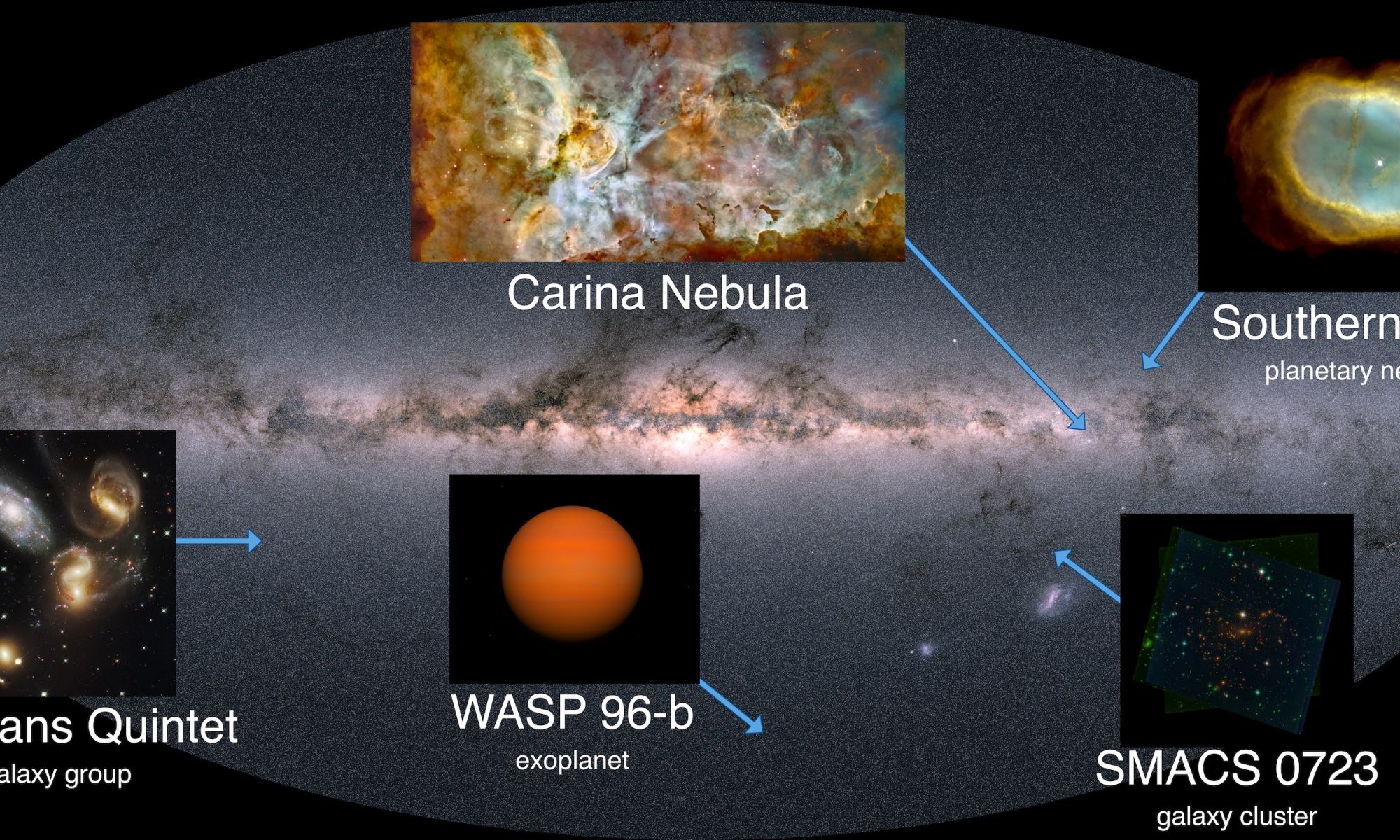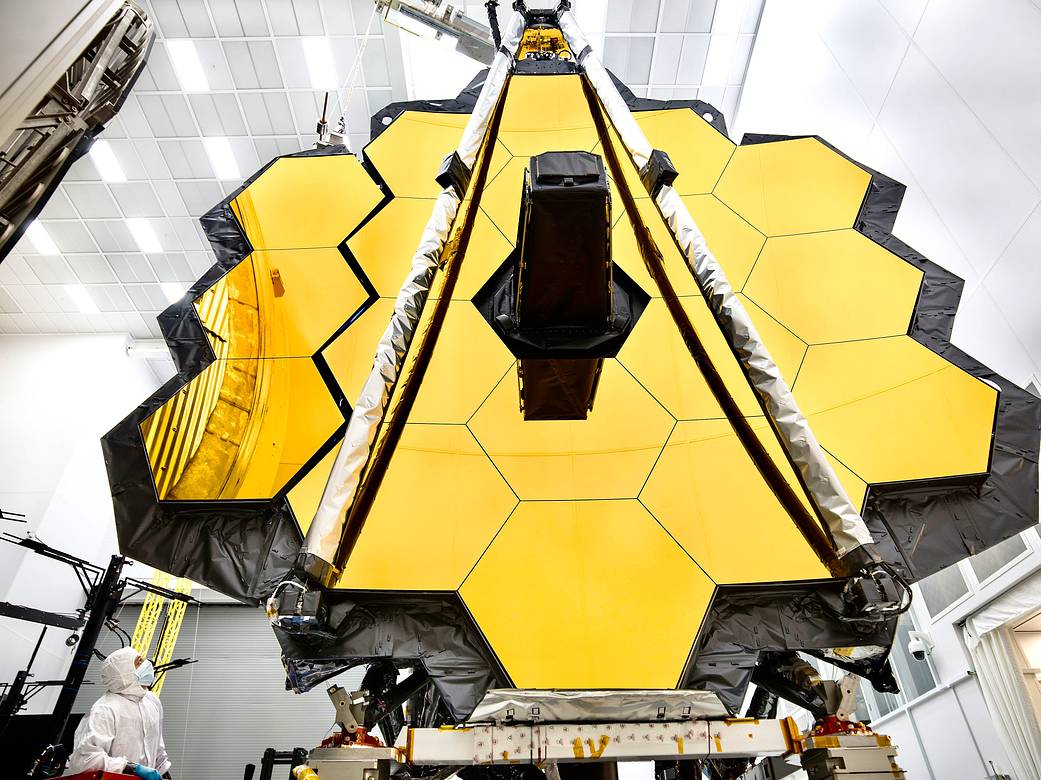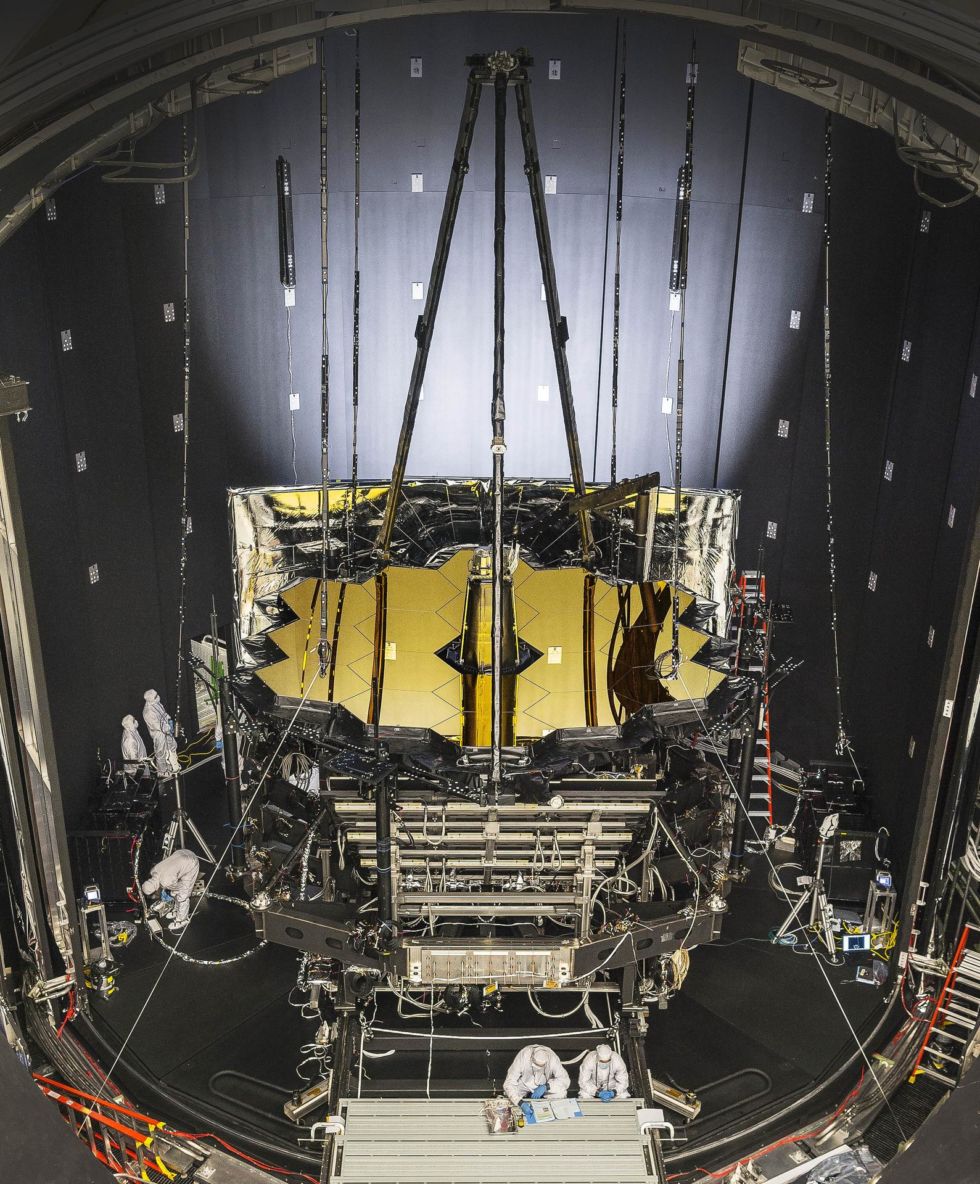On December 25th, 2021, the James Webb Space Telescope launched on an Ariane 5 rocket bound for space. After many years of delays, retesting, and cost overruns, the next-generation observatory made it to orbit without any hiccups or complications. What followed was several weeks of deployment as Webb unfolded its arms, sunshield, primary mirror (consisting of eighteen gold-coated beryllium segments), and secondary mirror. By late January, the space telescope had flown to the Sun-Earth L2 Lagrange Point, where it will remain for the entirety of its mission.
For the past six months, Webb has been collecting its “first light,” which consisted of the deepest field images ever taken, galaxies, the Carina Nebula, and a nearby exoplanet and its atmosphere. The majority of these images will be released starting tomorrow morning (Tuesday, July 12th). To give us a taste of what we are in for, President Joe Biden, Vice President Kamala Harris, NASA Administrator Bill Nelson, and other officials revealed the first of these images today during a White House press conference. The entire event was live-streamed by NASA TV and (as promised) was mind-blowing!
Continue reading “Behold, the James Webb Space Telescope’s First Image!”










